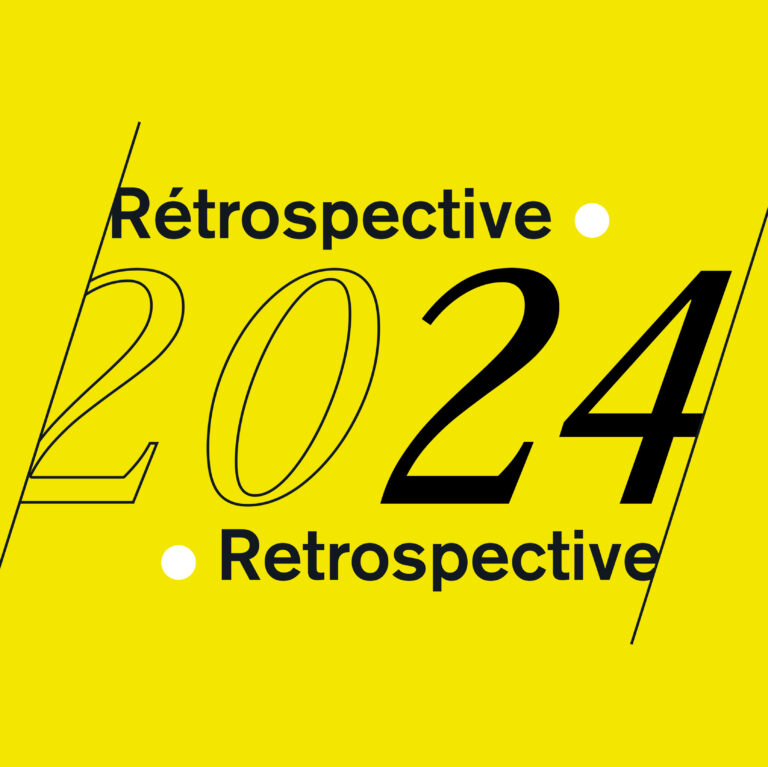
I have just learned of Hans Rosling’s passing and this is as close to a professional bereavement as it gets. There’s no doubt that he is among the few that brought me to the field of information design.
Long before I was working full time in that field, I had been struck by his original TED talk, one of their original viral videos. A few years later, I was thrilled to see that he was on the schedule of a philanthropy conference I had to attend for work. I was hoping to catch a glimpse of him live, like some would want to hear their favorite artist live. As I recall, we arrived too late for his talk. But later, luck stroke and I saw him walking by, so I broke from my group to introduce myself and talk to him.
I wanted to tell him all the potential that I saw for his methods to teach in multiple fields. What an idiot: what I had to do was listen. And listen I did because as soon as he heard that I was working for the World Bank Group, he launched into a spirited speech about the importance of freeing their data. It was before the heydays of open data at the World Bank Group and Rosling was incensed that researchers and the general public had to pay to access the datasets. He told me about well-meaning people with wrong ideas. He saw it as a moral obligation for the Bank, a key part of its mandate to reduce poverty by spreading knowledge. And he was so clear-minded and enthusiastic about it, he made me an internal advocate for the cause. It turns out that he was very right: some time later, after the Bank created its portal for open data, it became the most visited visited page, ahead of the home page and the jobs page (!).
I teach data visualization to managers and the first part of my session is spent justifying why they should care about it. We discuss examples of leaders who use it to make their mark and the high point is a video from the BBC where Rosling summarizes his famous talk on development trends.
A few second after the start of the video, I pause to draw attention to his first two sentences.
“Visualization is right at the heart of my own work tool. I teach global health. And I know, having the data is not enough. I have to show it in a way people both enjoy and understand.”
Who would have thought that teaching global health meant that data visualization is “right at the heart” of their job? Yet, this realization is what made him special and a thought leader. This is food for thought for everyone who think they don’t need good data visualization. And communicating data is not enough: doing it right ca be the difference between being heard and not.
This video is a turning point where participants understand that communicating with data does not have to be boring, that it can be interesting and influential. Suddenly they can see themselves being heard by doing this right.
Rosling was first and foremost a storyteller. He would use whatever means he needed to get a point across — be it boxes or a washing machine. He stumbled onto data visualization because that’s what he needed to convey what he saw in the world. In fact, he developed the software behind Gapminder with his son and daughter-in-law, as a true example of that one must do “whatever it takes” to explain.
For the data visualization community, losing Rosling is the equivalent of losing Robin Williams: he was a star with a big heart and a big talent. We can be thankful he was one of us and showed us a thing or two.
This breaks my heart. HUGE, huge loss for ANYBODY who cares about data, visualization, truth-telling, etc. Rest in peace, good professor https://t.co/UV1tx1bdJR
— Alberto Cairo (@albertocairo) February 7, 2017
@eagereyes and that data visualization is best with a human voice
— kennedy elliott (@kennelliott) February 7, 2017
.@Gapminder My favourite quote of @HansRosling and something that i always aspire to. “Too Much Word, Not enough Excel” pic.twitter.com/2PkccZ9gx5
— Matt Francis (@Matt_Francis) February 7, 2017
@HansRosling @OlaRosling @Gapminder My deepest condolences. Such a monumental loss.
— Ben Jones (@DataRemixed) February 7, 2017
Oh no! Data visualization pioneer Hans Rosling passed away this morning. https://t.co/IpnOdAG4sP
— Christopher Ingraham (@_cingraham) February 7, 2017
Francis Gagnon is an information designer and the founder of Voilà: (2013), a data visualization agency specialized in sustainable development.

